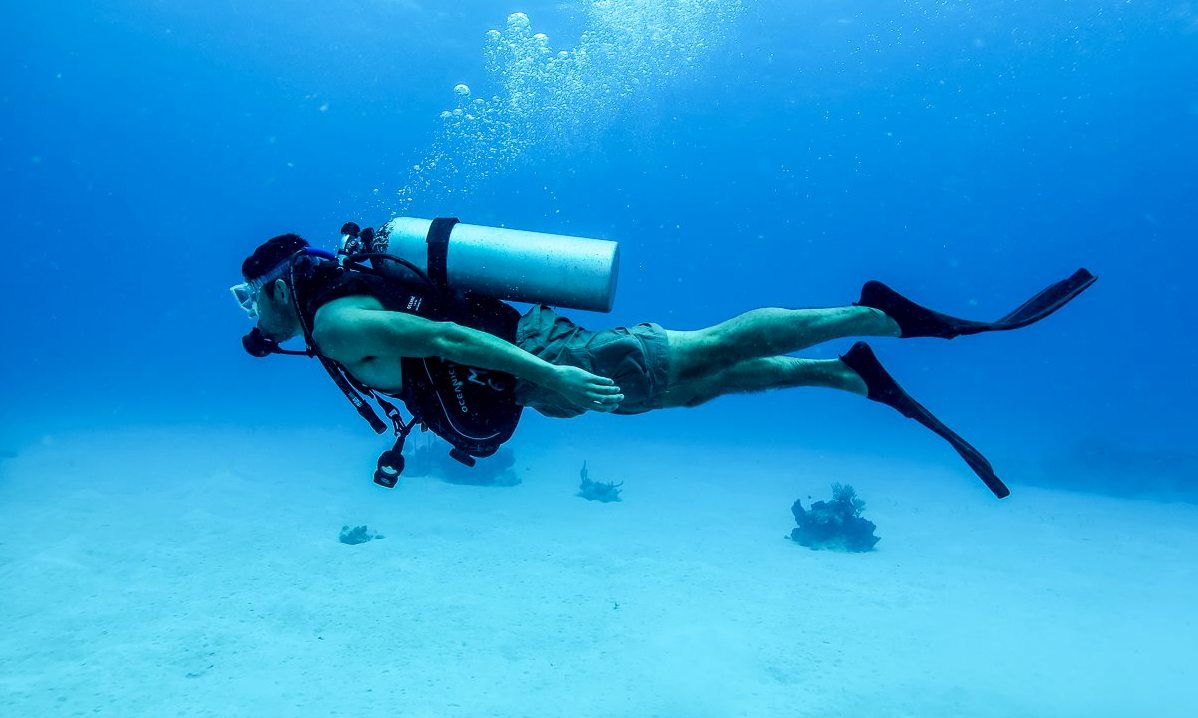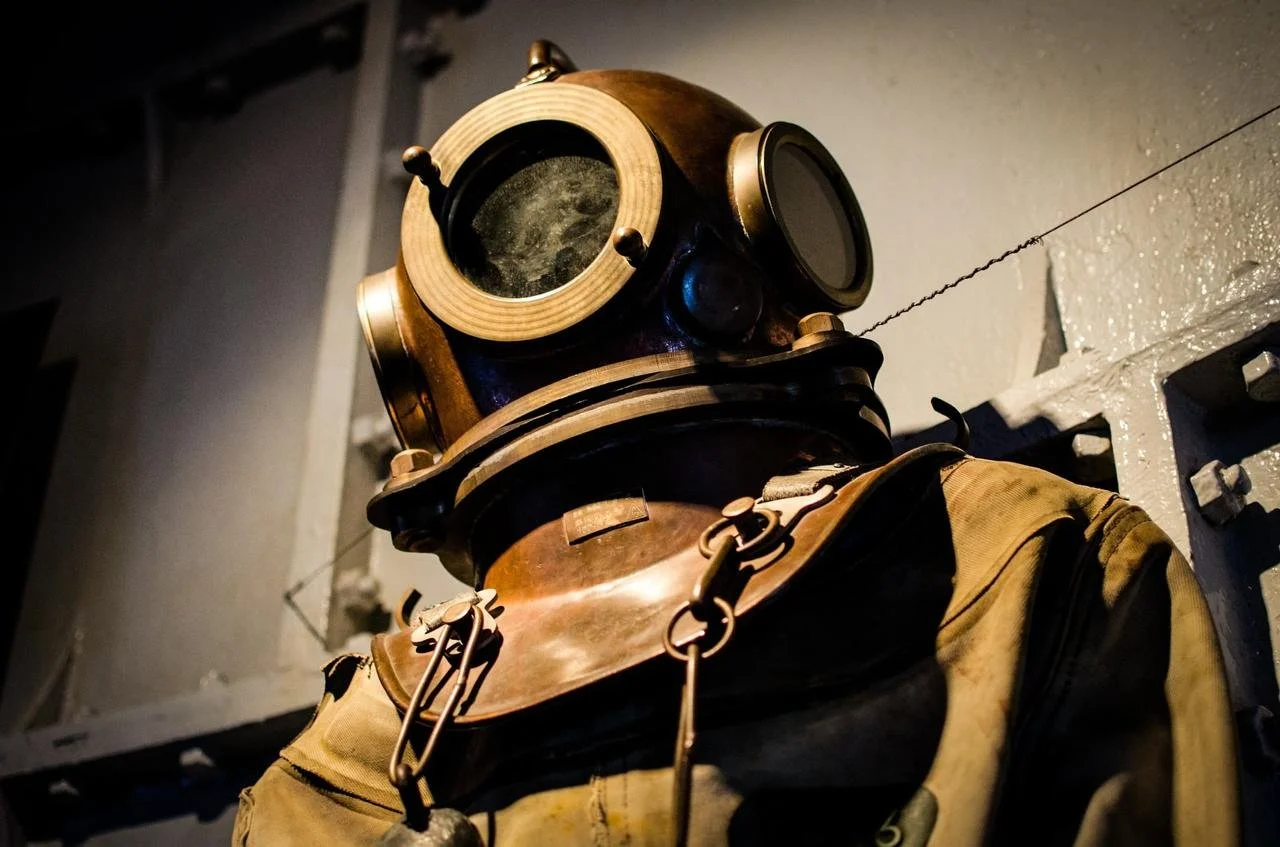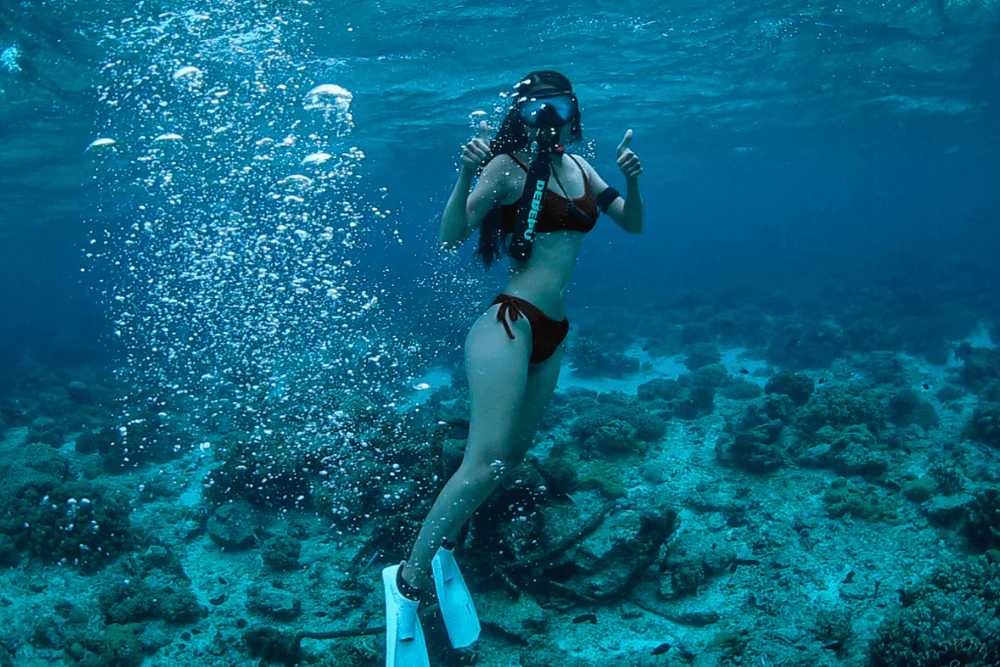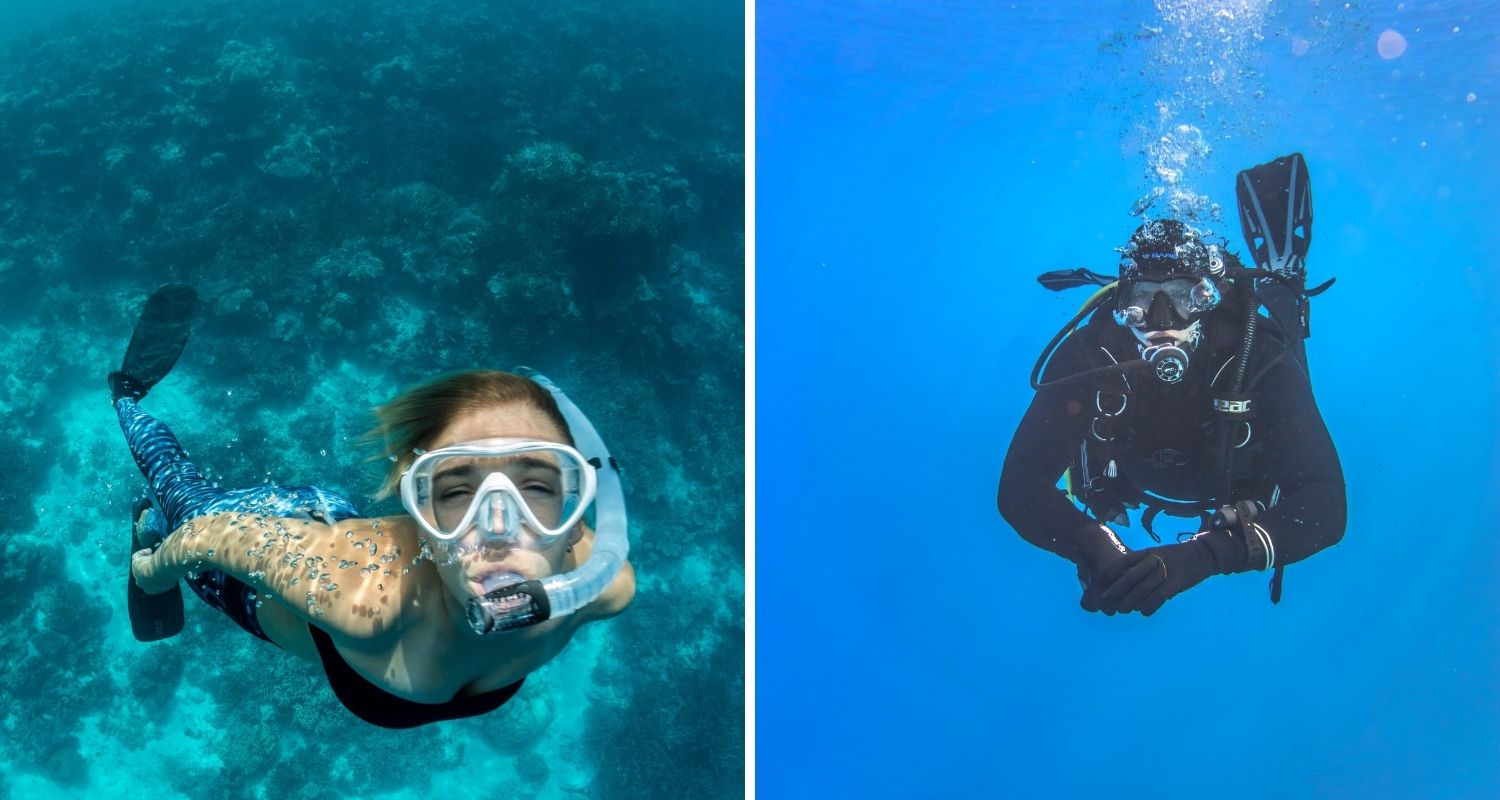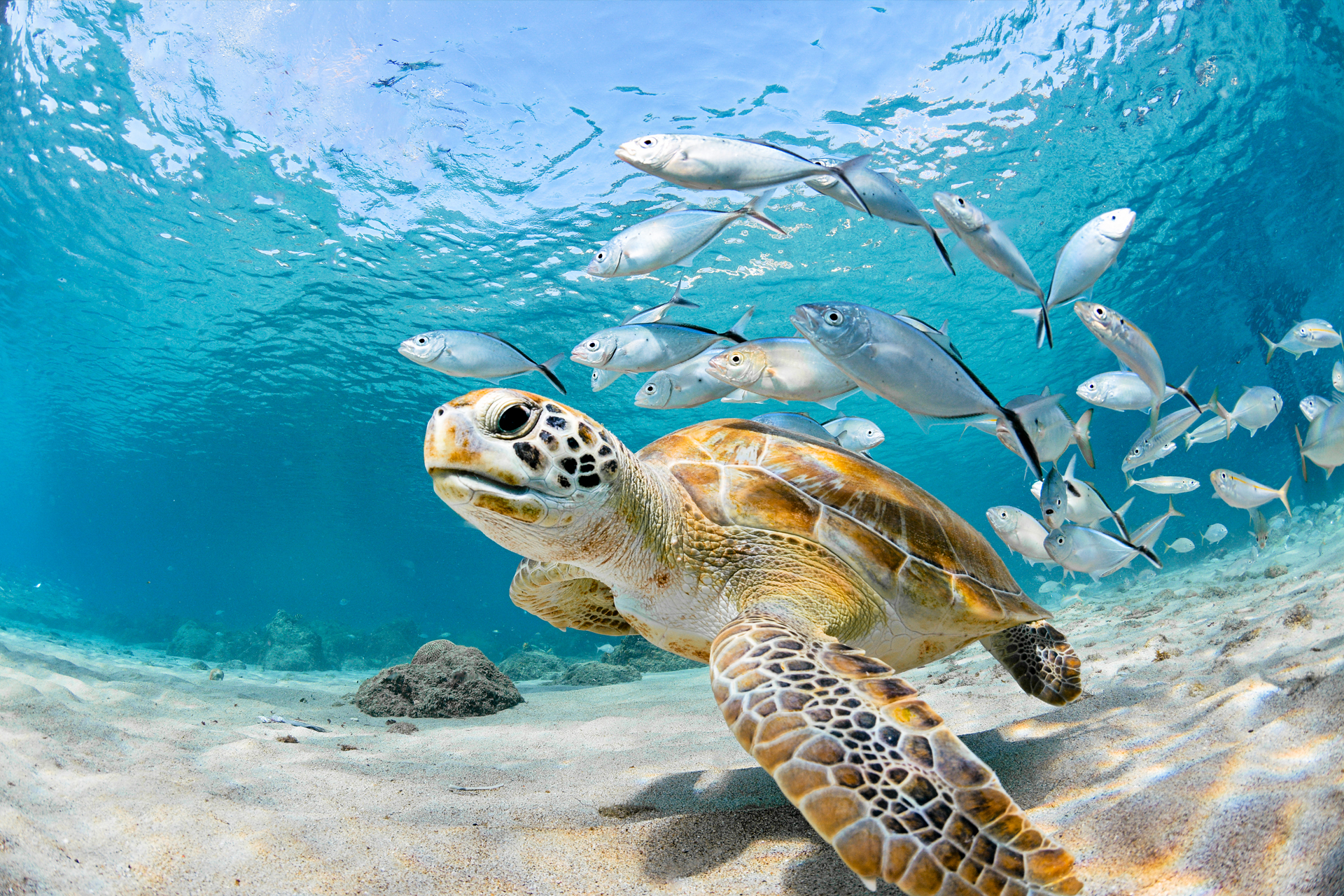Scuba diving and snorkeling are two of the most popular water activities in the world, but they come with important safety responsibilities. Whether you’re an adventure traveler, a beginner learning the basics, or even a boating enthusiast, knowing how to identify when diving or snorkeling is happening nearby is essential.
- Why Recognizing Diving and Snorkeling Activity is Crucial
- Table of Contents
- 7 Powerful Signs of Scuba Diving or Snorkeling Activity
- Related Water Activity Safety Practices
- What Does a Slashing Hand Motion Over the Neck Mean by a Waterskiing Participant?
- An Engine Cut-Off Lanyard Helps to Reduce the Risk of What?
- When Loading a Small Open Boat, Which of the Following is Important?
- Which is a Recommended Water-Skiing Safety Practice?
- Which of the Following is a Recommended Practice for PWC Operation?
- Which of the Following is a Good Way to Prevent Accidental Carbon Monoxide Poisoning?
- What Must Be Visible to Law Enforcement Personnel While Operating a PWC?
- Which of the Following is a Symptom of Carbon Monoxide Poisoning?
- Safety Tips for Adventure Travelers & Beginners
- Frequently Asked Questions (FAQ)About which of the following indicates scuba diving or snorkeling activity
- Conclusion
So, which of the following indicates scuba diving or snorkeling activity? The short answer is: look for signs such as the divers-down flag, bubbles on the water surface, snorkelers floating, anchored dive boats, surface markers, night signals, and diver hand gestures.
In this guide, we’ll break down each of these powerful signs, add essential boating and safety practices, and give you the latest updates every traveler and beginner must know before heading into the water.
Why Recognizing Diving and Snorkeling Activity is Crucial
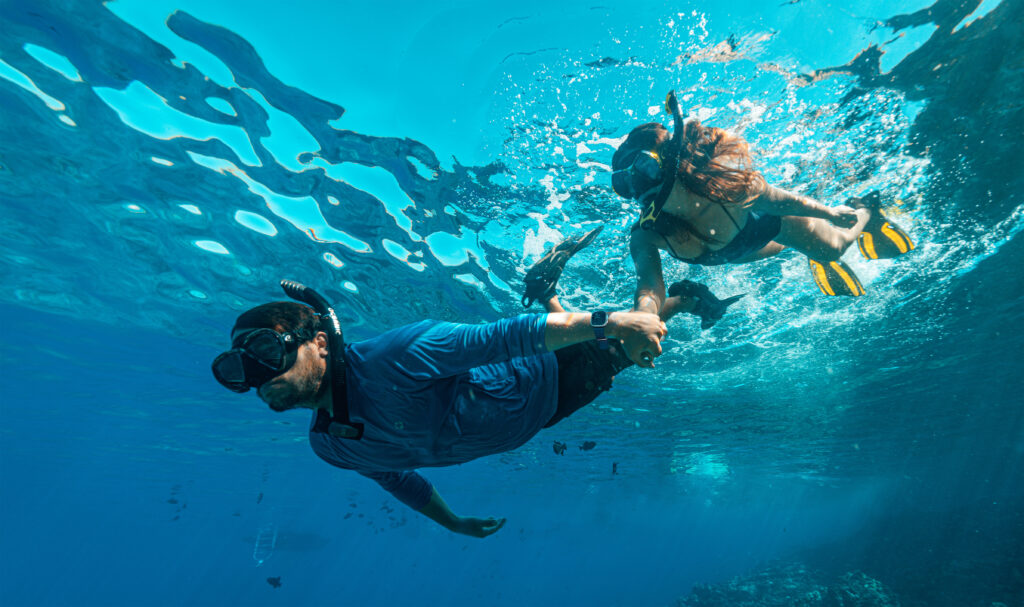
Table of Contents
Scuba divers and snorkelers are vulnerable because they spend most of their time underwater or at the surface, often not easily visible to nearby boats. Recognizing the signs of their activity is crucial because:
- 🚤 Prevents accidents: Boats can collide with divers if they don’t notice the signals.
- 🛟 Protects beginners: New snorkelers may panic if approached too closely.
- 🌍 Supports responsible tourism: Safe practices protect both people and marine ecosystems.
Simply put, spotting these signals keeps everyone safe, whether you’re the one in the water or the one operating a boat nearby.
7 Powerful Signs of Scuba Diving or Snorkeling Activity
Here are the top seven indicators you should always watch out for:
1. The Divers-Down Flag (Red Flag with White Diagonal Stripe)
The divers-down flag is the universal symbol that divers are below the surface. It’s either:
- A rectangular red flag with a white diagonal stripe (commonly used in the U.S.)
- The international Alpha Flag (blue and white), signaling restricted maneuverability of vessels due to dive operations.
Boating rule: Stay at least 100–200 feet (30–60 meters) away from this flag in open water.
2. Snorkelers Visible on the Water Surface
Snorkelers are easier to spot than divers because they float near the surface with:
- Brightly colored snorkels sticking above the water
- Fins kicking on the surface
- Bright rash guards or vests
If you’re boating and see snorkelers, slow down and give them plenty of space.
3. Bubbles Rising from Below the Surface
Divers exhale bubbles that float up to the surface. These are often the only visible clue that a diver is directly below.
👉 If you see clusters of bubbles near your boat, avoid passing over them. Divers may be ascending.
4. Dive Boats Anchored with Flags
A boat anchored with a divers-down flag displayed usually has divers in the water.
- Boats may also display gear on deck such as oxygen tanks and fins.
- Stay alert when you see these boats and keep a safe distance.
5. Floating Surface Markers or Buoys
Divers sometimes use Surface Marker Buoys (SMBs) or Delayed Surface Marker Buoys (DSMBs). These inflatable markers float upright and signal a diver’s position.
- Usually bright orange, red, or yellow
- Essential for drift diving and surfacing in busy areas
6. Lights or Signals Used in Night Dives
At night, divers use:
- Strobe lights
- Chemical glow sticks
- Flashing torches
If you’re boating at night and see unusual lights on the surface, it likely means divers are below.
7. Safety Signs from Snorkelers or Divers
Divers and snorkelers often use hand signals above or below water. For example:
- 👋 Waving for help means distress.
- ✋ Raised hand indicates need for assistance.
Always respect these signals — they could be lifesaving.
Related Water Activity Safety Practices
Since scuba and snorkeling often occur alongside other water sports, it’s important to understand related boating and water safety questions.
What Does a Slashing Hand Motion Over the Neck Mean by a Waterskiing Participant?
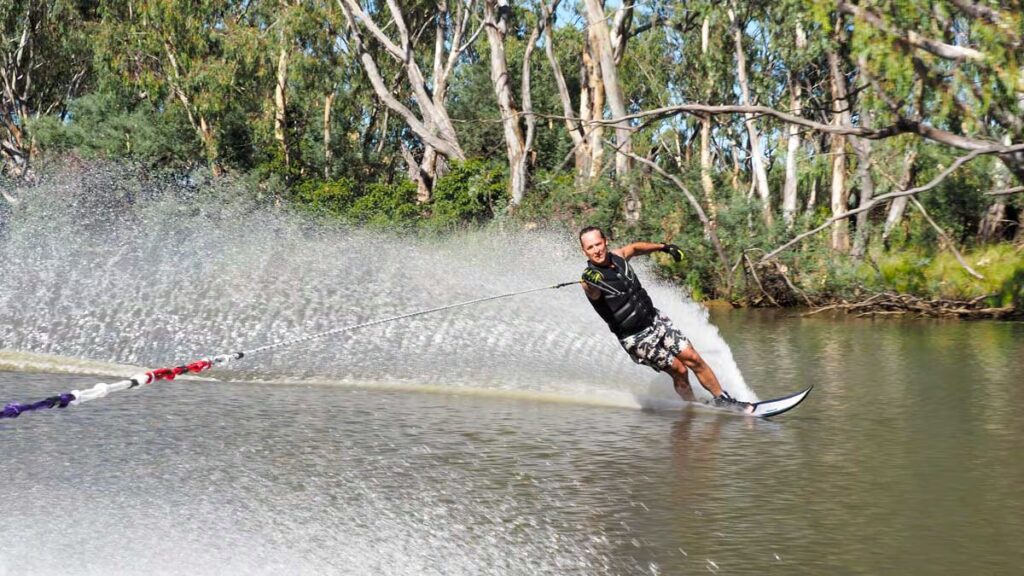
This is the universal signal to stop. The skier wants the boat driver to cut the engine immediately.
An Engine Cut-Off Lanyard Helps to Reduce the Risk of What?
Also called a kill switch, it prevents the boat from continuing forward if the driver falls overboard, reducing the risk of injury or runaway boats.
When Loading a Small Open Boat, Which of the Following is Important?
- Distribute weight evenly
- Avoid standing while boarding
- Do not overload beyond capacity
Which is a Recommended Water-Skiing Safety Practice?
- Always use a spotter to watch the skier
- Ski in designated areas
- Wear a properly fitted life jacket
Which of the Following is a Recommended Practice for PWC Operation?
- Maintain safe distance from swimmers/divers
- Wear a life jacket
- Follow local laws and speed limits
Which of the Following is a Good Way to Prevent Accidental Carbon Monoxide Poisoning?
- Never keep engines running in confined spaces
- Ventilate cabins
- Install carbon monoxide detectors on boats
What Must Be Visible to Law Enforcement Personnel While Operating a PWC?
- Registration numbers
- Required safety equipment (life jackets, fire extinguisher, signaling devices)
Which of the Following is a Symptom of Carbon Monoxide Poisoning?
- Dizziness
- Headaches
- Nausea and vomiting
- Fatigue
If these symptoms occur while boating, move into fresh air immediately.
Safety Tips for Adventure Travelers & Beginners
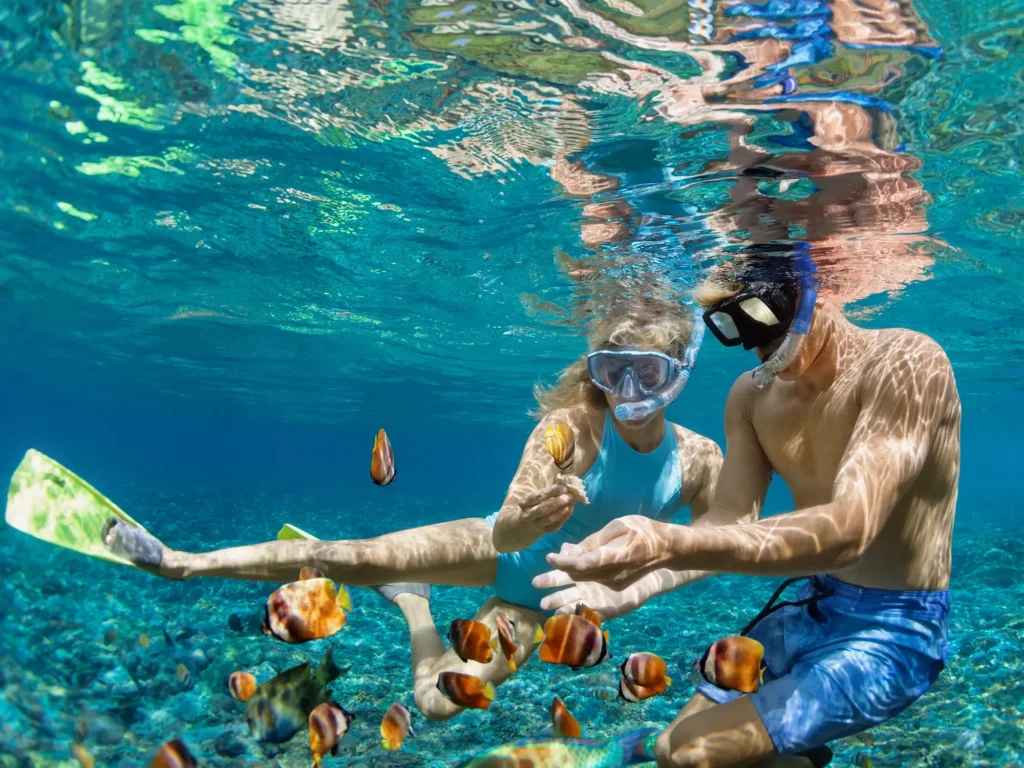
If you’re new to scuba diving or snorkeling, here are some must-follow safety tips:
- 🥽 Always use proper gear — mask, snorkel, fins, and flotation aids if needed.
- 🪢 Stay close to a buddy — never dive or snorkel alone.
- 🚩 Respect dive flags — keep distance from marked areas.
- 🐠 Don’t touch marine life — protect coral reefs and avoid injuries.
- 🕒 Know your limits — don’t dive deeper or longer than you’re trained for.
Boaters should always reduce speed in areas known for diving and snorkeling.
If you love the thrill of water activities, you might also enjoy learning about skydiving conditions in this detailed post: can you skydive in the rain
Frequently Asked Questions (FAQ)About which of the following indicates scuba diving or snorkeling activity
Q1: How far should you stay from a divers-down flag?
At least 100 feet (30 meters) in rivers or inlets, and 200 feet (60 meters) in open waters.
Q2: Can you snorkel without a flag?
In some areas, yes, but in busy boating zones, it’s highly recommended to use a float or marker for visibility.
Q3: What is the most common scuba diving hand signal?
The “OK” hand signal (forming a circle with the thumb and index finger).
Q4: What are the top safety tips for snorkeling beginners?
Stay calm, float on the surface, use a brightly colored snorkel, and avoid going too far from shore.
Conclusion
So, which of the following indicates scuba diving or snorkeling activity? The answer is clear: look out for the divers-down flag, snorkelers on the surface, bubbles rising, anchored dive boats, surface markers, night lights, and diver safety signals.
For adventure travelers and beginners, recognizing these signs could mean the difference between a safe, enjoyable experience and a dangerous accident.
By staying aware, respecting signals, and following recommended water practices, you’ll ensure a safer and more exciting journey into the underwater world.
Want to dive deeper into the basics? Check out our guide: How Far Down Can You Scuba Dive Without Scuba Gear?
